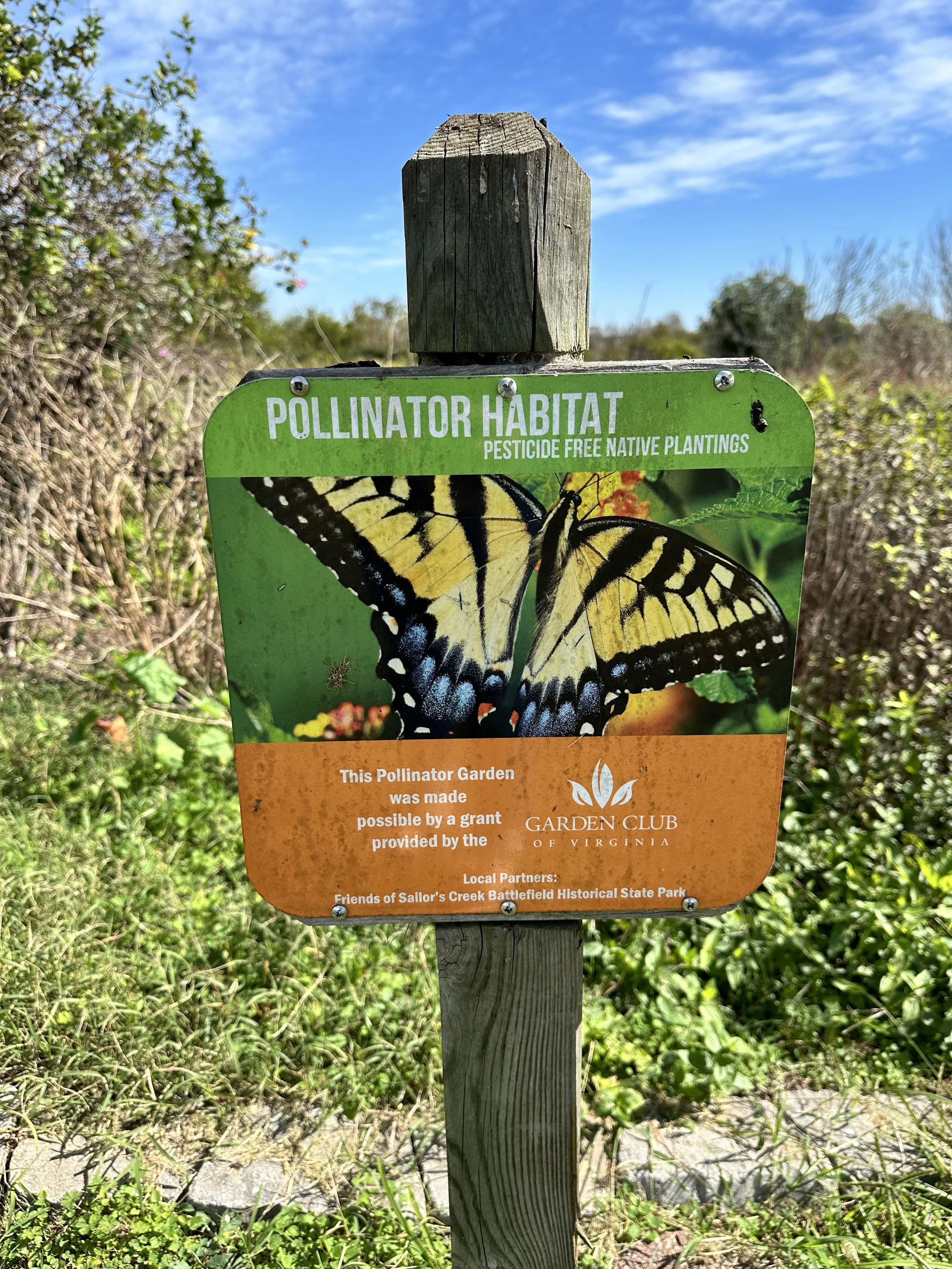“You’re a beekeeper? Do you make honey?”
By Michelle Schopp
This is a common question we get when someone first discovers we’re beekeepers. And it’s one we’ve been answering for twelve years!
My husband and I first started our beekeeping journey in 2013. We attended a class put on by our local beekeepers’ association and were assigned a mentor who gave us just enough hands-on training in his bee yards to get us started on our own. Once we had our first colony, we hit the ground running. We were officially beekeepers! Soon after we acquired our second colony and made it through our first Virginia winter with bees. Now, this may sound like an odd accomplishment, but beekeepers know there’s no guarantee in beekeeping. You can do everything by the book and still end up losing your colonies for lots of different reasons. So, we were thrilled the following spring when we conducted our first inspections and both hives were thriving. That summer we had our first honey harvest, and we decided our little bee yard needed a proper name – that’s how Kittywake Micro-Apiary was born.
Over the years, we’ve continued to grow our apiary, learned a lot, had many failures, but also so many successes. Sometimes too many successes! During the spring of 2020, we had up to ten colonies in our backyard, and because the bees were so prolific, we ran out of equipment and had to call on fellow beekeepers in the area to spread the wealth. It was also during this spring that we realized what our threshold was for what we could manage as hobby backyard beekeepers.
We are passionate about the environment and enjoy exploring the outdoors beyond our backyard. One way we’ve been able to do this is by working through the Virginia State Park Trail Quest. You may ask – but what does this have to do with beekeeping? Everything! As beekeepers, we’ve learned to recognize the distinct scent and sound of a hive, the hum of a single honeybee, and the way they move and behave. This awareness has sharpened our senses when we’re hiking in state parks — we can sense bee activity almost instinctively, deepening our connection to the landscape and our appreciation for the vital role pollinators play in these protected places.
When you visit Virginia’s State Parks, you may notice large parcels of the landscape are dedicated to pollinator meadows, like those seen here at Staunton River Battlefield State Park.
Many of our Parks and Friends Groups have collaborated with local garden clubs and other organizations to create pollinator friendly demonstration gardens throughout Virginia. Some of our Parks even have managed hives on location, such as Westmoreland State Park and Pocahontas State Park.
And in some cases, you may come across a wild colony of bees while out on the trail!
In the summer of 2024, we had a unique experience while hiking the River Bank trail at Staunton River State Park. We started our hike just a few steps from our cabin and immediately came upon what looked like a vulture roosting area! We’re big birders as well, so this was a fun sight to see. We continued along the trail, observing various fungi and other plant species, and even caught a glimpse of a flock of yellow-billed cuckoos! This trail is also open to mountain bikers and equestrians, but even with it being a multi-use trail, we only ran across a handful of people. It felt like we had the whole park to ourselves.
Recent summer storms had left the area damp, and the fallen trees along the trail were clear signs that strong winds had swept through. As we rounded a bend, we spotted a cluster of large trees that had toppled just off the trail. At first glance, it might not have seemed unusual, but I noticed something that caught my attention — a group of flying insects moving in a pattern I recognized. I paused, listening and watching closely. Could it be? Had we stumbled upon a wild honeybee colony? We carefully moved to a safe distance and confirmed it: one of the fallen trees had been home to honeybees.
All our beekeeper senses were kicking in – we could smell the freshly disturbed comb, hear the remaining bees buzzing around looking for their queen. All these things were so familiar to us, and yet we had never experienced this in the wild. We stayed and watched for a little while, taking in the moment, knowing that we might never have an opportunity quite like this again.
It was only because of our beekeeping background that we recognized what was happening, and that insight led us to one of the most memorable experiences we’ve had in the parks so far.
This National Honeybee Day, we’re reminded that our beekeeping journey has not only deepened our respect for these remarkable pollinators but also enriched our experiences in our State Parks. Every trail holds the possibility of a new discovery, and every buzzing wing is a reminder of the vital role honeybees play in keeping these wild places thriving for generations to come.






